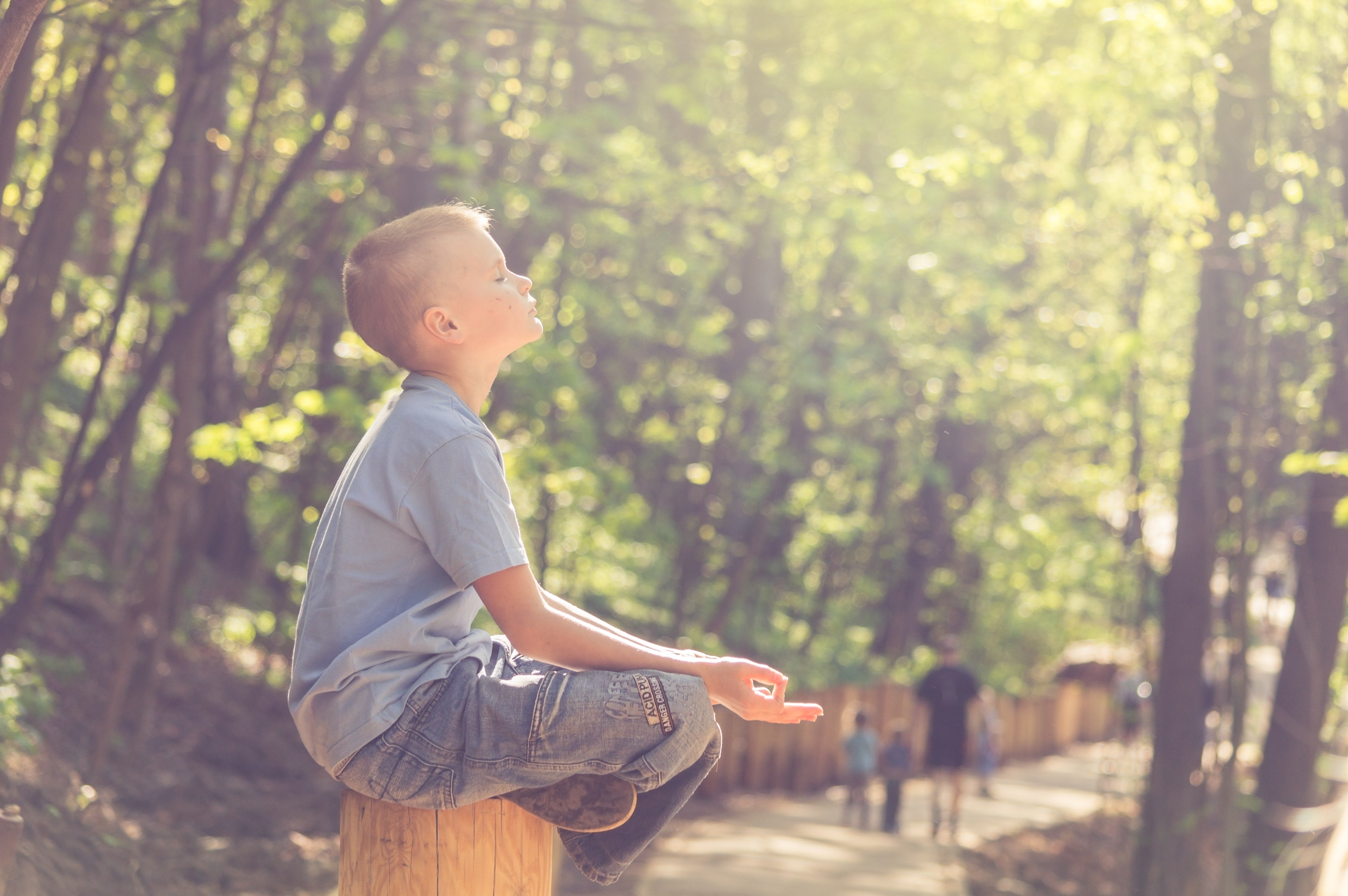Peace Education in Montessori Classrooms

Dr. Maria Montessori was a proponent of world peace. Peace education is woven throughout the Montessori curriculum. Peacefulness is modeled by adults and older students in Montessori classrooms. Traditional Montessori Grace & Courtesy lessons go hand-in-hand with peace education. The incorporation of a peace corner or peace table establishes a dedicated space in the classroom prepared to encourage peacefulness.
Grace and Courtesy
Grace and Courtesy lessons are foundational Montessori practices that help children learn social norms. They discover what it means to be polite and how to appropriately express their feelings to others. Montessori classroom guides and other adults often model appropriate and polite behaviors in all of their daily interactions with one another and with other children. For example, guides will get down on a child’s level, making eye contact with them when welcoming them into the classroom and greeting them each morning. Many Grace and Courtesy lessons are also taught explicitly where children learn step-by-step how a certain behavior or activity is done. Role-play is commonly used in these lessons to demonstrate situations including how to listen and participate in a conversation without interrupting, how to push in their chairs, how to use quiet voices, and how to resolve a conflict.
For older students, many Grace and Courtesy lessons relate to social interactions (particularly with peers). When a guide notices students behaving in a manner that does not demonstrate grace and courtesy, they can call a class meeting to help students brainstorm solutions. Elementary students have developed a sense of humor and will often respond well when adults teach them appropriate behaviors in silly ways.
Peace Corners / Peace Tables
Peace corners and peace tables are centerpieces in Montessori classrooms. These are areas designed to provide a safe space where children who are experiencing big emotions or are overwhelmed by external stimuli can find privacy and solitude. They also provide a space where two students can go to resolve a conflict. Peace corners should include sensorial elements that bring comfort and security, helping children to find their calm. For instance, a chair with soft cushions that gently sways and peaceful music. Many peace corners also include items that help students acknowledge and validate their emotions, assisting them in self-regulation.
A common strategy for conflict resolution in peace corners is the use of a peace rose. Students learn to take turns holding the peace rose while expressing their feelings and listening to the perspective of others to gain understanding and acceptance. For very young children, adults will model how these peace chats occur. Older students can have these conversations independently. For challenges involving multiple students or the entire class, class meetings can be very beneficial ways for students to brainstorm and resolve conflicts as a group.
Below are some additional resources related to Peace Education in the Montessori classroom.
Books about peace education in the Montessori classroom
Books for children about peace
About the Author
Heather White, EdS, is a Montessori parent coach, a Montessori in-home teacher and nanny, a Montessori educational consultant for the Andrew’s Educational Institute, a Montessori educator for adult learners, and a manager & content creator for Guide & Grow. Formerly, she was a Montessori teacher, Lower Elementary coordinator, and associate head of school. She also has experience as a School Psychologist intern. She is AMS credentialed (Early Childhood, Elementary I) and is a Nationally Certified School Psychologist. Contact her at hpratt@stetson.edu.
